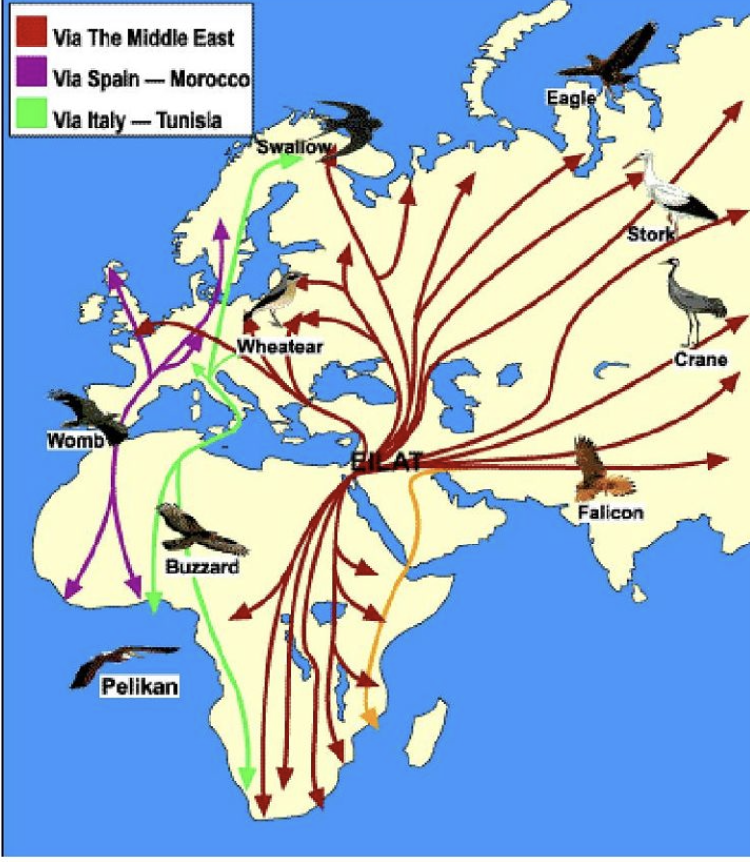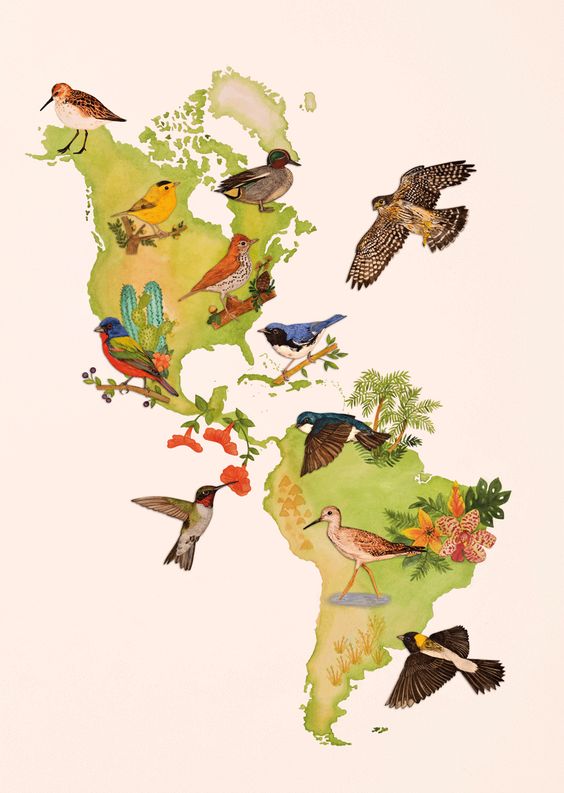Introduction: How do birds migrate across continents with such precision?

In the expansive canvas of the natural world, few phenomena rival the annual migration of birds across continents. It is a spectacle that encapsulates the essence of precision and navigational prowess. From the soaring Arctic Terns charting pole-to-pole courses to the delicate navigation of Ruby-throated Hummingbirds, the journey is nothing short of remarkable. This exploration seeks to unravel the intricacies of avian migration, probing the mechanisms that enable birds to embark on these awe-inspiring journeys. So Lets, find out How do birds migrate across continents with such precision?
The Instinctual Compass:
The foundation of avian migration lies in an intricate interplay of inherited knowledge and genetic coding. Hormonal changes triggered by seasonal shifts act as internal cues, propelling birds into a migratory state. It is this instinctual compass that guides them across vast distances with unerring accuracy. As the seasons change, environmental triggers set in motion a series of remarkable feats of navigation that are hardwired into the very fabric of a bird’s being.

Birds employ a variety of celestial cues for navigation. The sun, acting as a reliable daytime beacon, guides diurnal migrants. Nocturnal travelers, on the other hand, utilize the stars as their navigational compass. Magnetic fields also play a crucial role, with birds possessing the ability to sense Earth’s magnetic forces. Additionally, they exploit the polarized light patterns in the sky, creating a multifaceted system of orientation.
Mapping the Earth’s Magnetic Field:
At the heart of avian navigation is the enigmatic ability to map the Earth’s magnetic field. The magnetoreception hypothesis suggests that birds can perceive magnetic cues, and recent research highlights the role of cryptochromes and magnetite in this process. These neurological adaptations provide birds with an uncanny ability to navigate through varying magnetic landscapes, contributing to the precision observed in their migratory journeys.

Learned Behavior and Social Dynamics:
Migration is not solely an individual endeavor. Birds often learn migration routes from older, experienced individuals, emphasizing the importance of mentorship. Visual landmarks become crucial, and group dynamics play a role in collective decision-making. Social learning and cooperative efforts contribute to the overall success of migration, showcasing the intricate web of behaviors that underpin these incredible journeys.
Phenomenal Migrations Across Species:
Specific bird species demonstrate extraordinary migration feats. The Arctic Tern, for instance, embarks on a pole-to-pole odyssey, covering thousands of miles. Hummingbirds, despite their diminutive size, traverse vast distances, showcasing the diversity in migration patterns across avian species. Shorebirds, raptors, and other groups exhibit their own unique strategies, further highlighting the adaptability and specialization in migration.
Technological Advancements in Studying Migration:
Recent decades have witnessed a revolution in our ability to study bird migration. Tracking devices, satellite technology, and citizen science initiatives provide unprecedented insights into the routes and behaviors of migratory birds. Big data analytics contribute to a holistic understanding, with implications for conservation, habitat preservation, and human coexistence.
Challenges and Threats to Migration:
While birds have honed their migratory skills over millennia, contemporary challenges threaten their journeys. Habitat loss, climate change disruptions, light pollution, and collisions with human structures pose significant threats. These challenges underscore the delicate balance that exists between the instinctual drive to migrate and the evolving landscapes influenced by human activities.

Conservation Efforts and Future Outlook:
In response to these challenges, conservation initiatives have emerged. Protected areas and critical habitats provide sanctuaries for migratory birds. International collaborations are fostering a united front in avian conservation. Educational efforts raise awareness about the significance of migration, while calls for balancing human development with the preservation of migratory routes echo through environmental discourse.
Conclusion – How do birds migrate across continents with such precision?
As we unravel the mysteries of bird migration, a profound appreciation for the interconnectedness of nature emerges. From the celestial choreography to the neurological adaptations, avian migration is a symphony of biological marvels. Yet, this marvel is not immune to the impacts of human activities. The delicate balance between natural instincts and the ever-changing environment calls for a collective commitment to conservation. In our pursuit of knowledge, let us embrace the responsibility to safeguard these incredible journeys, ensuring that the skies remain filled with the mesmerizing spectacle of avian migration for generations to come.
Discover more from ZOOLOGYTALKS
Subscribe to get the latest posts sent to your email.

